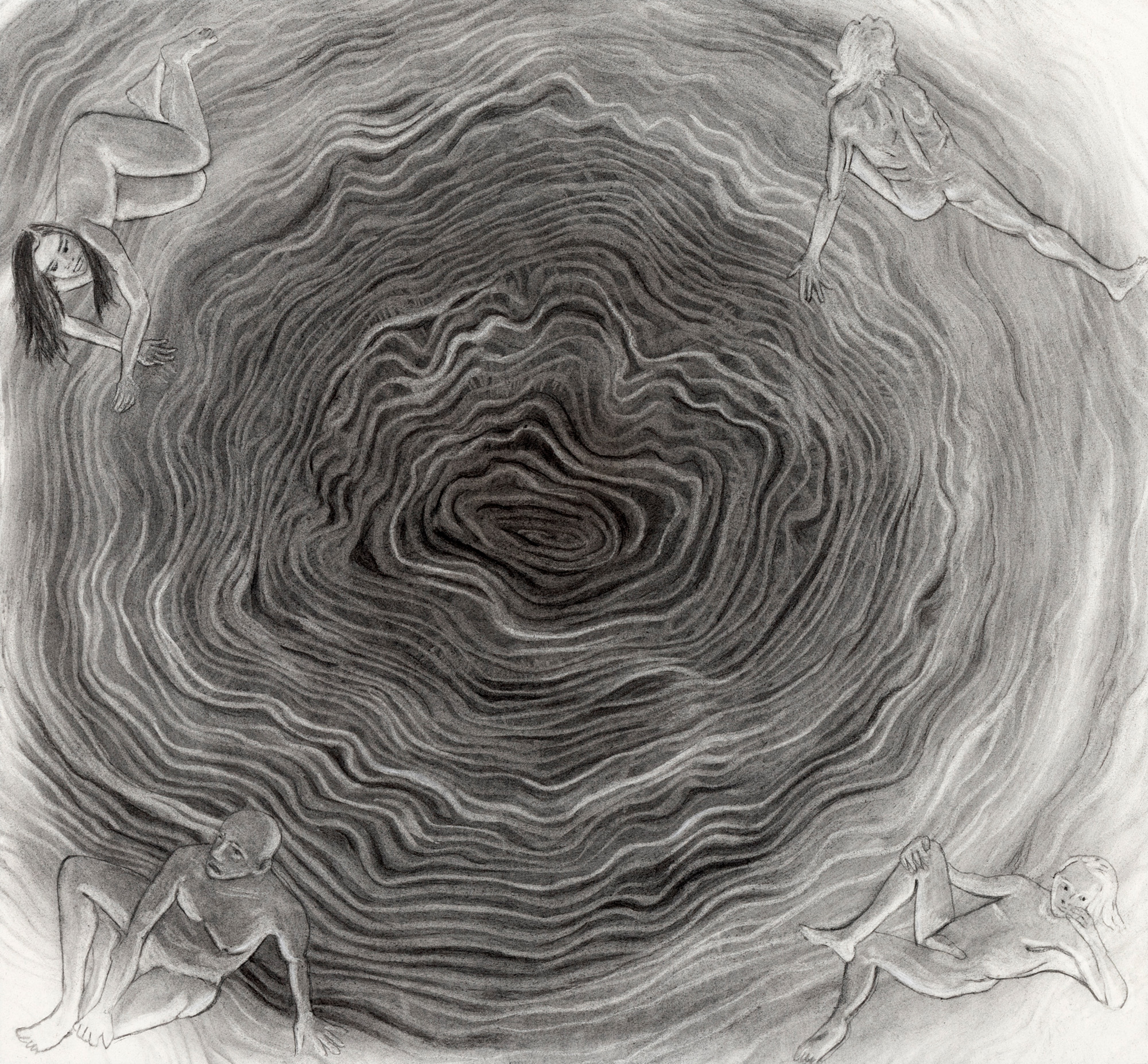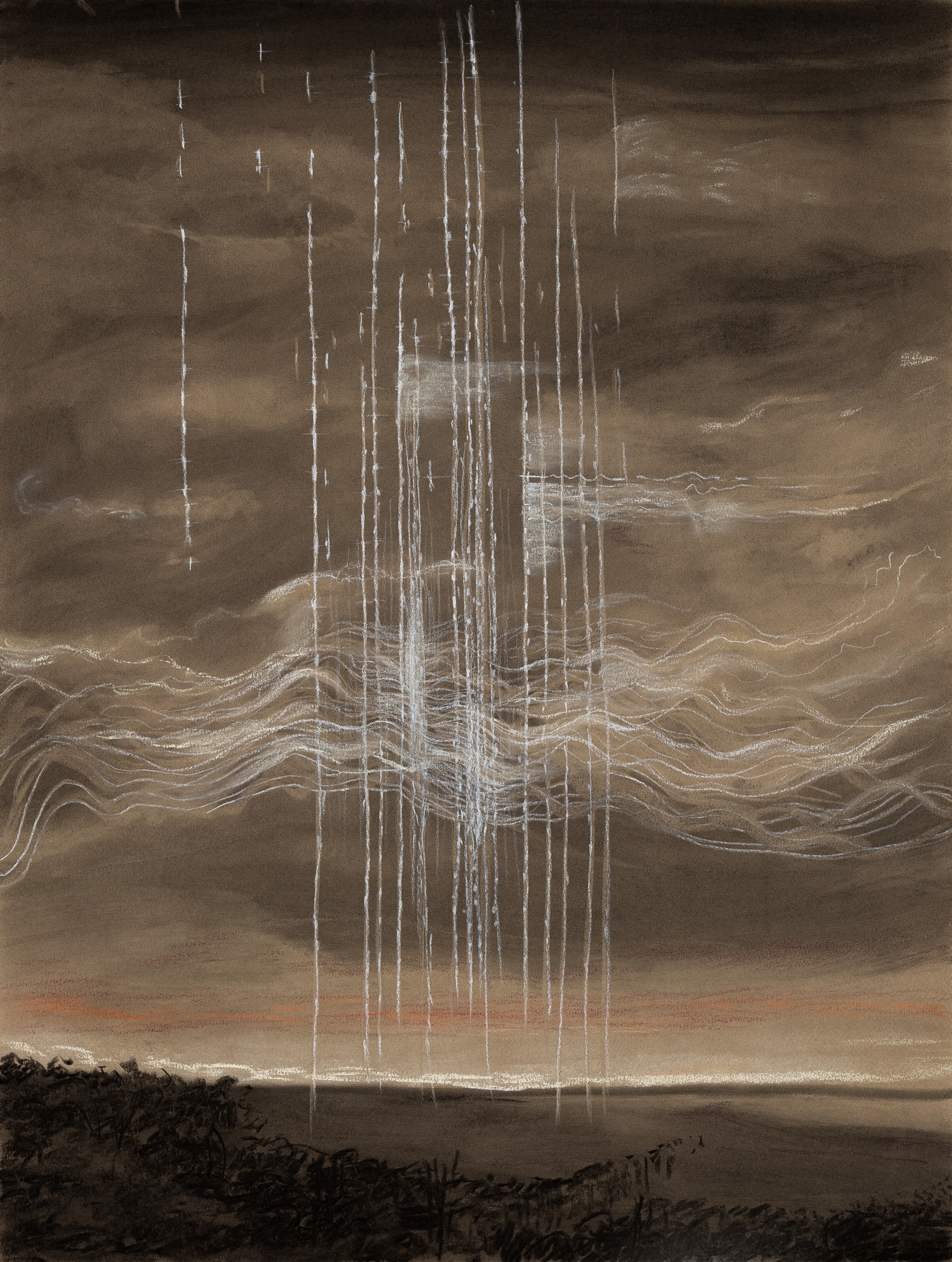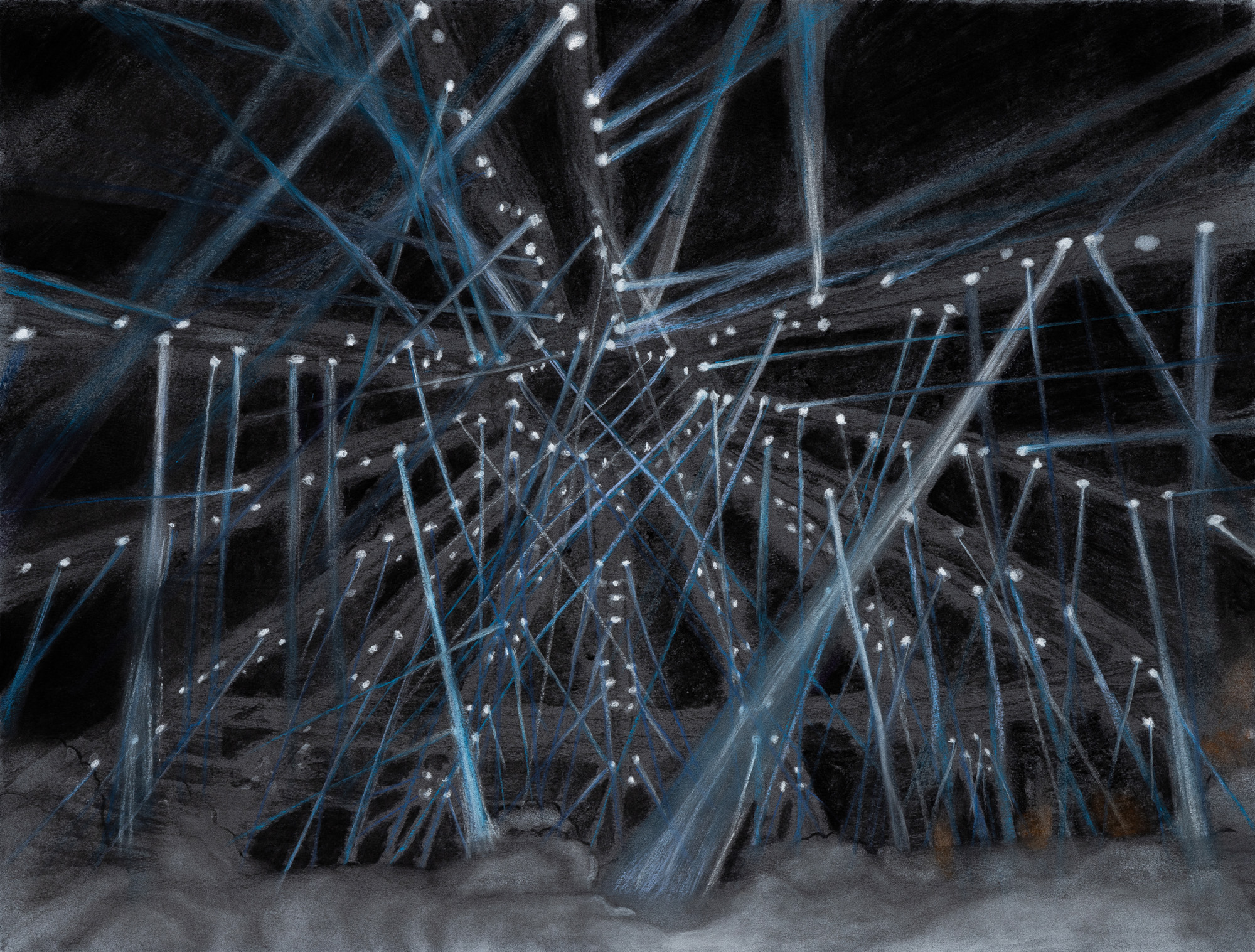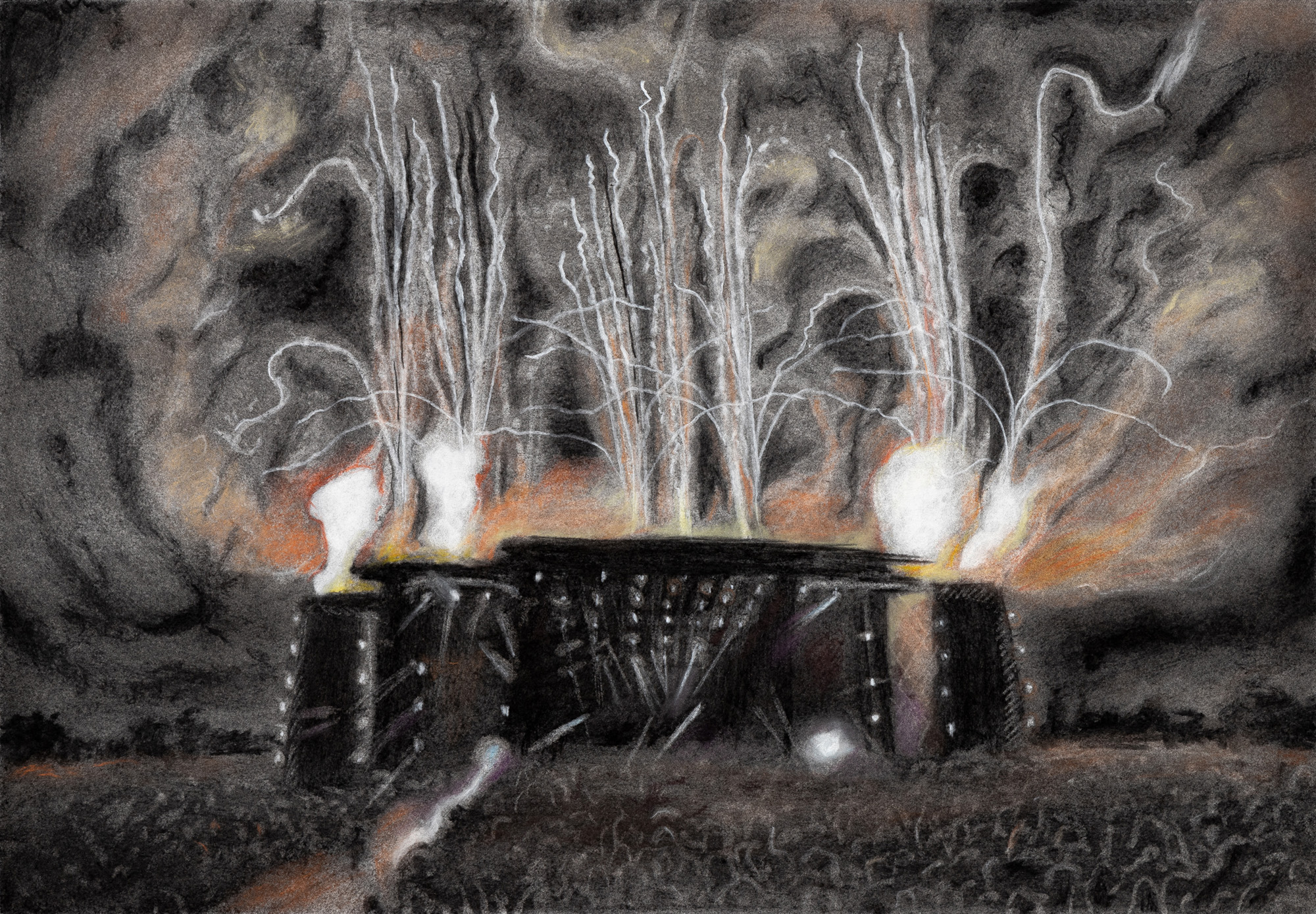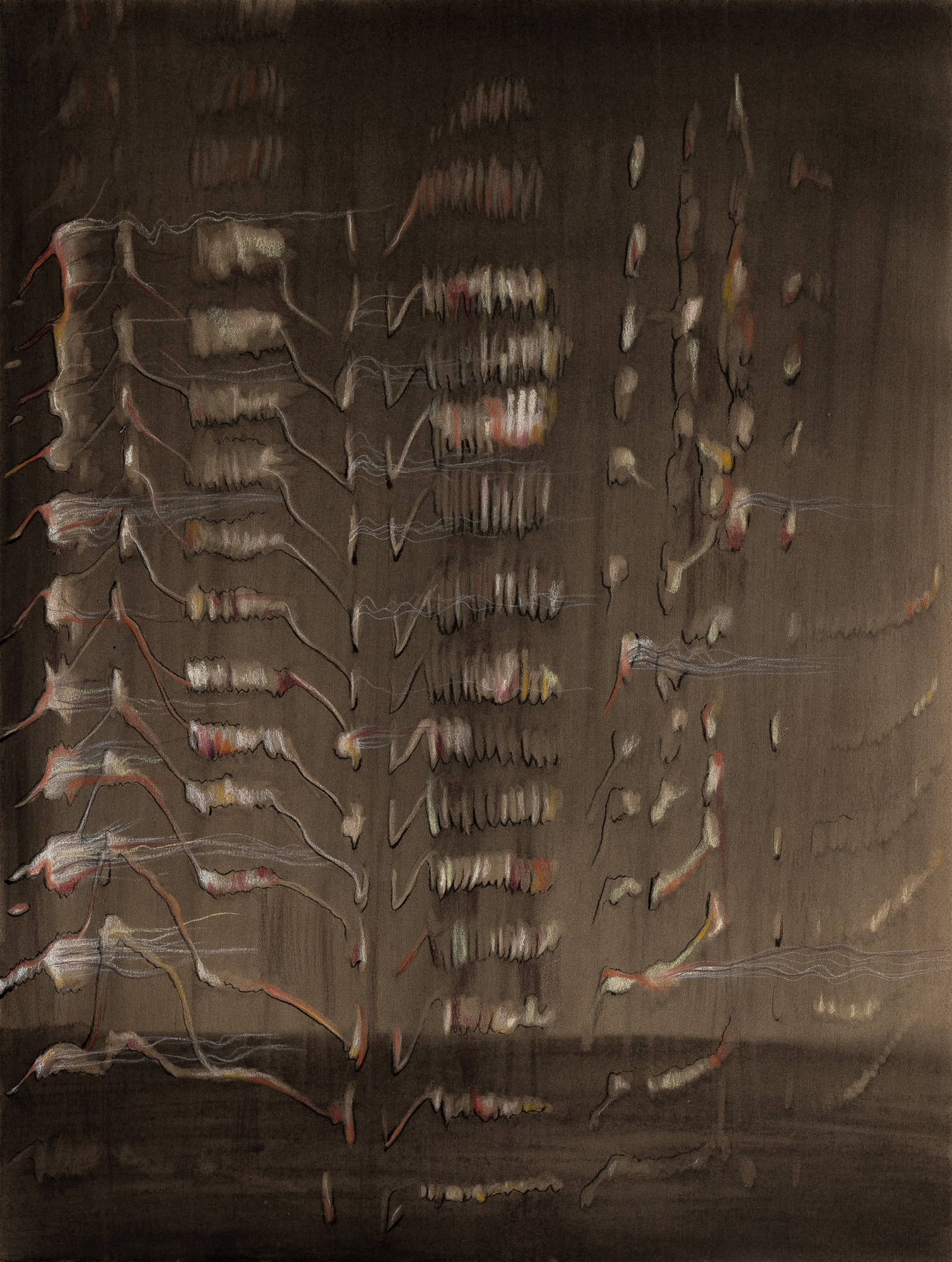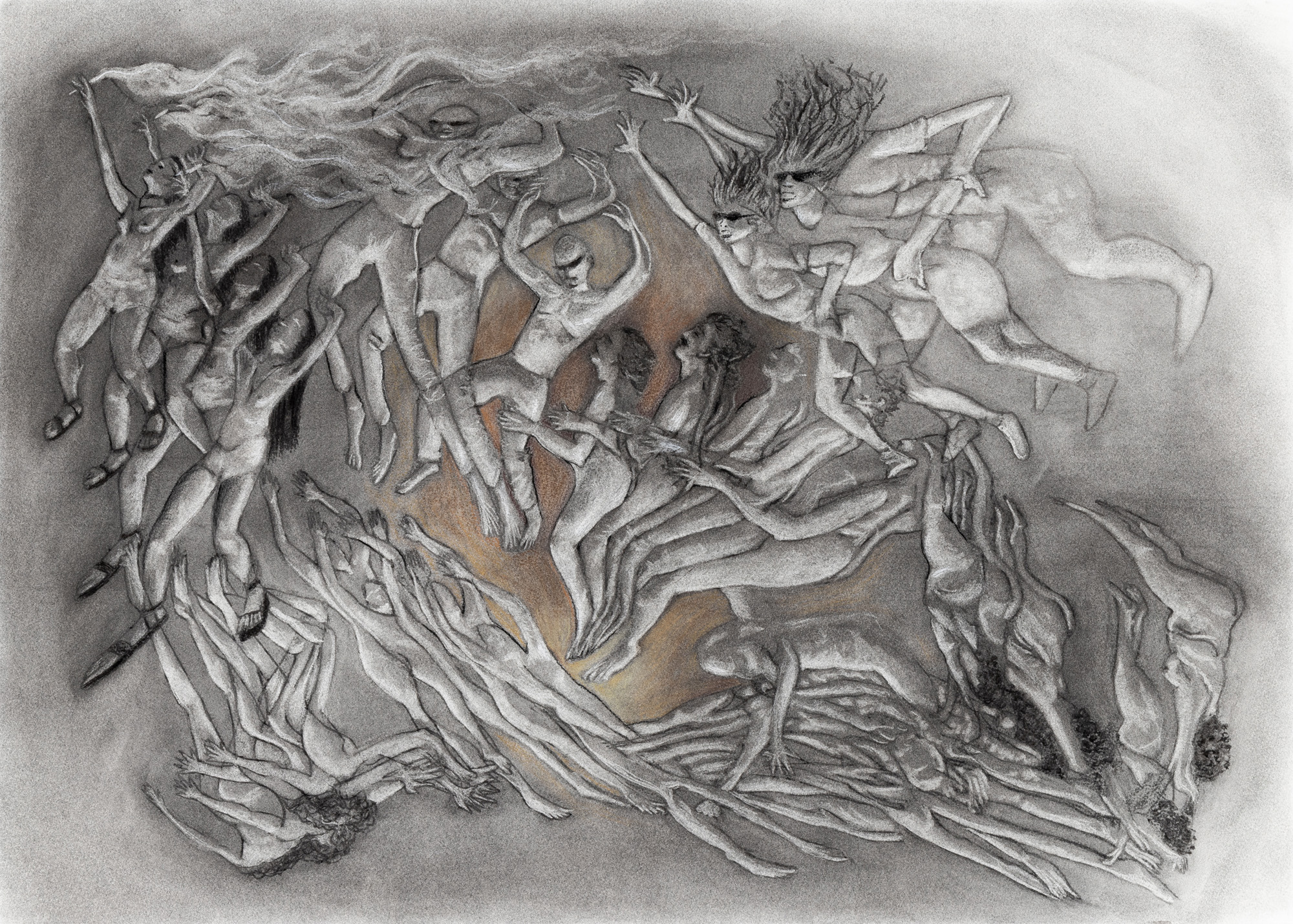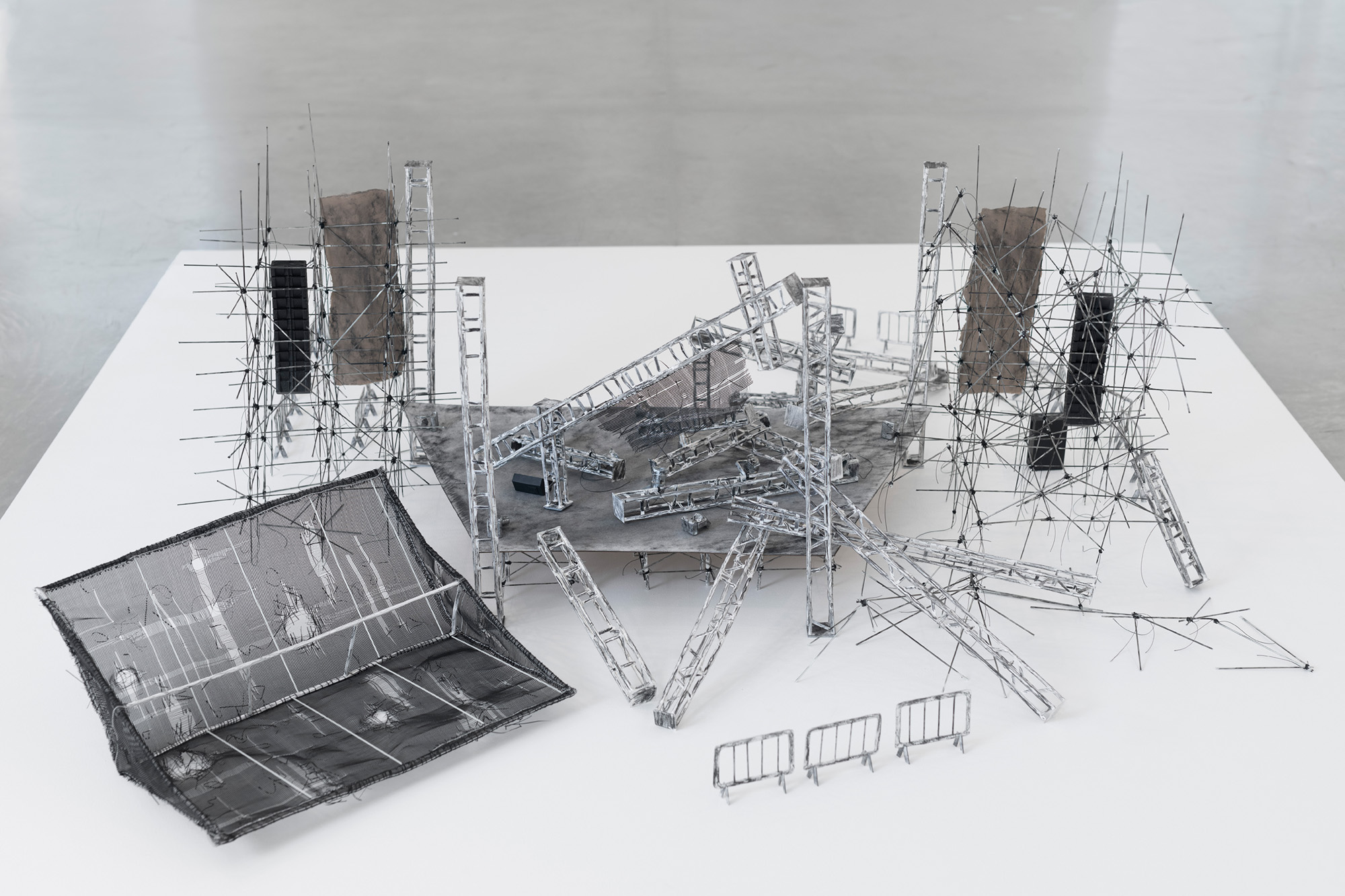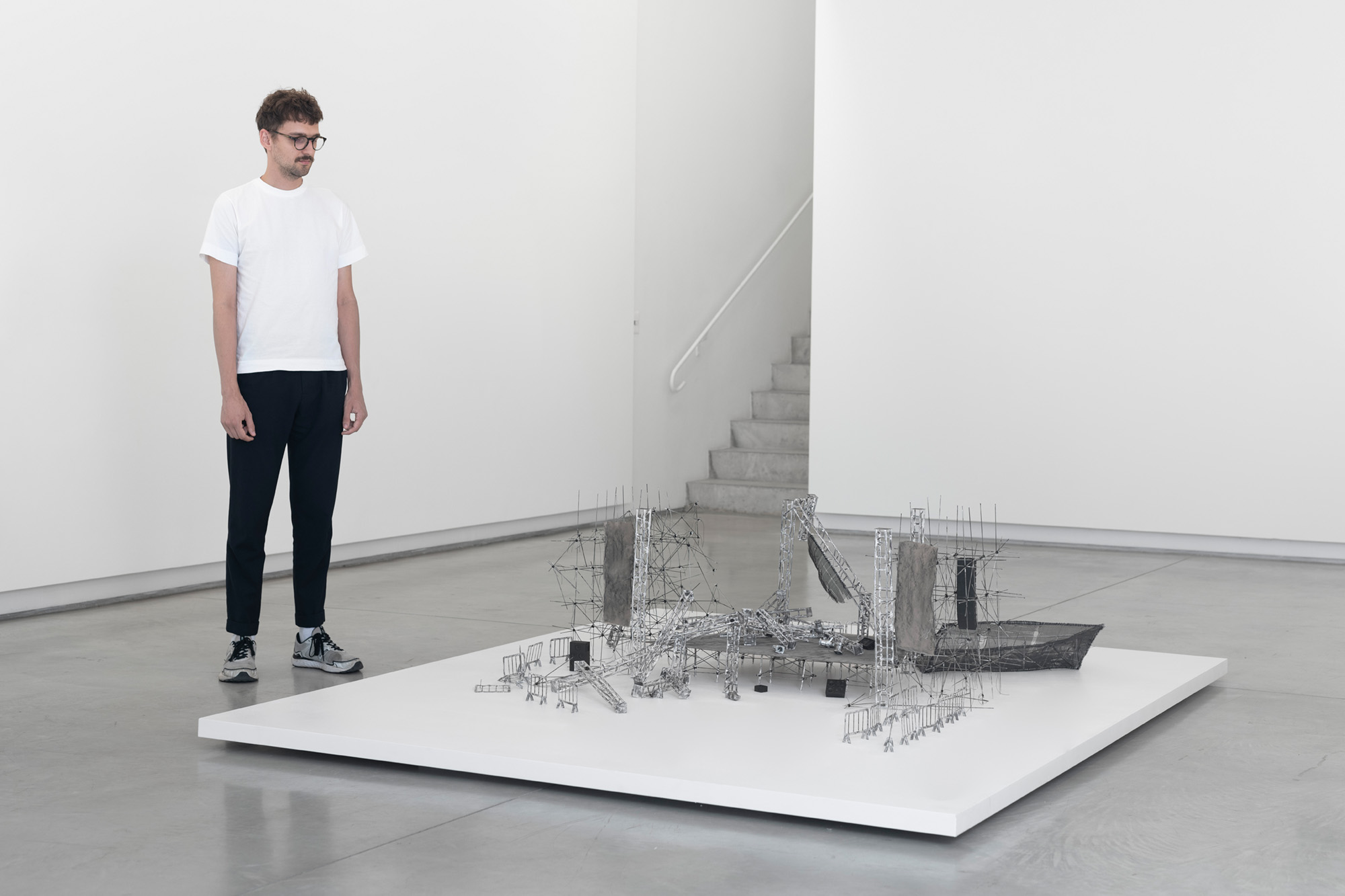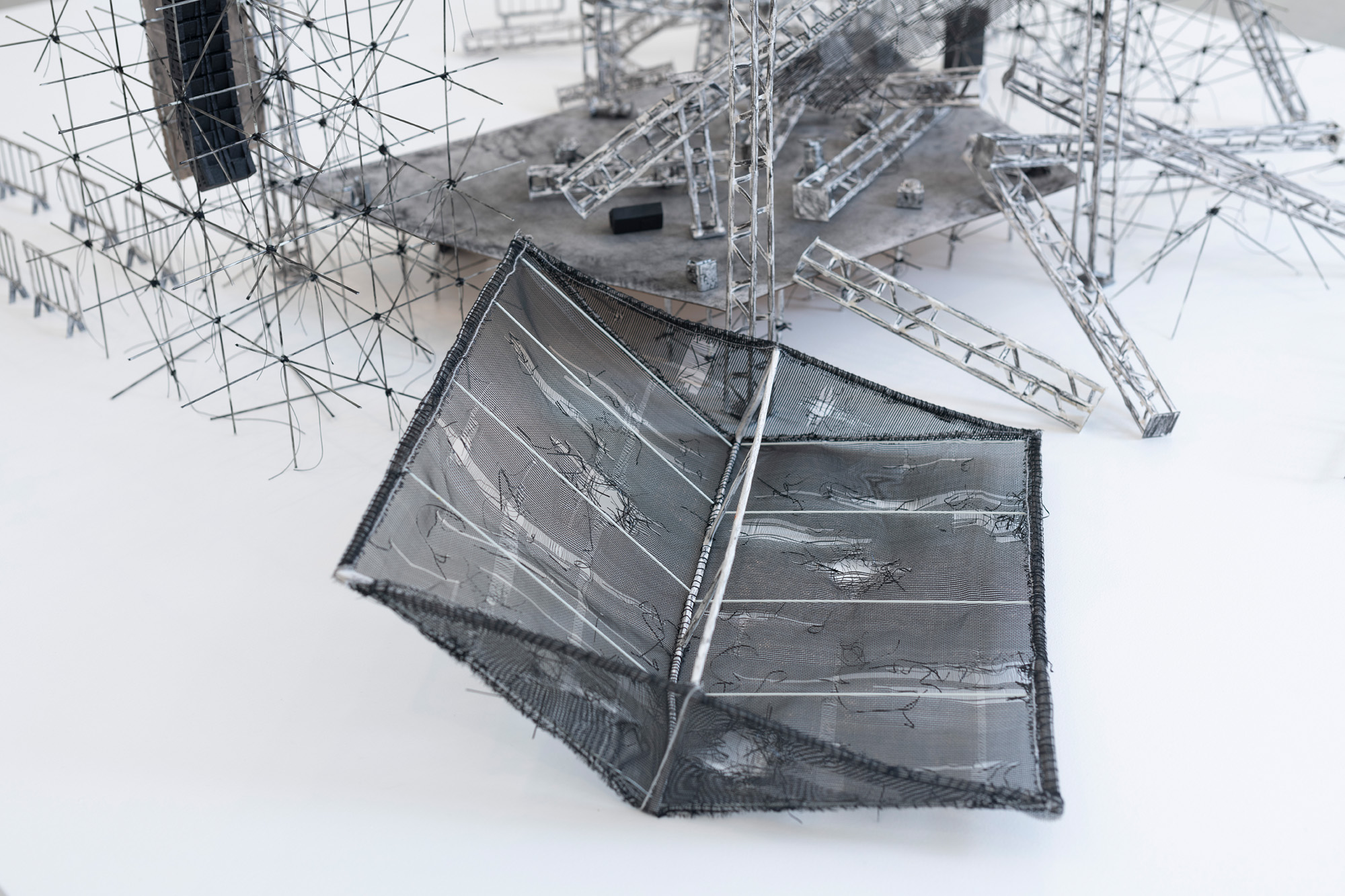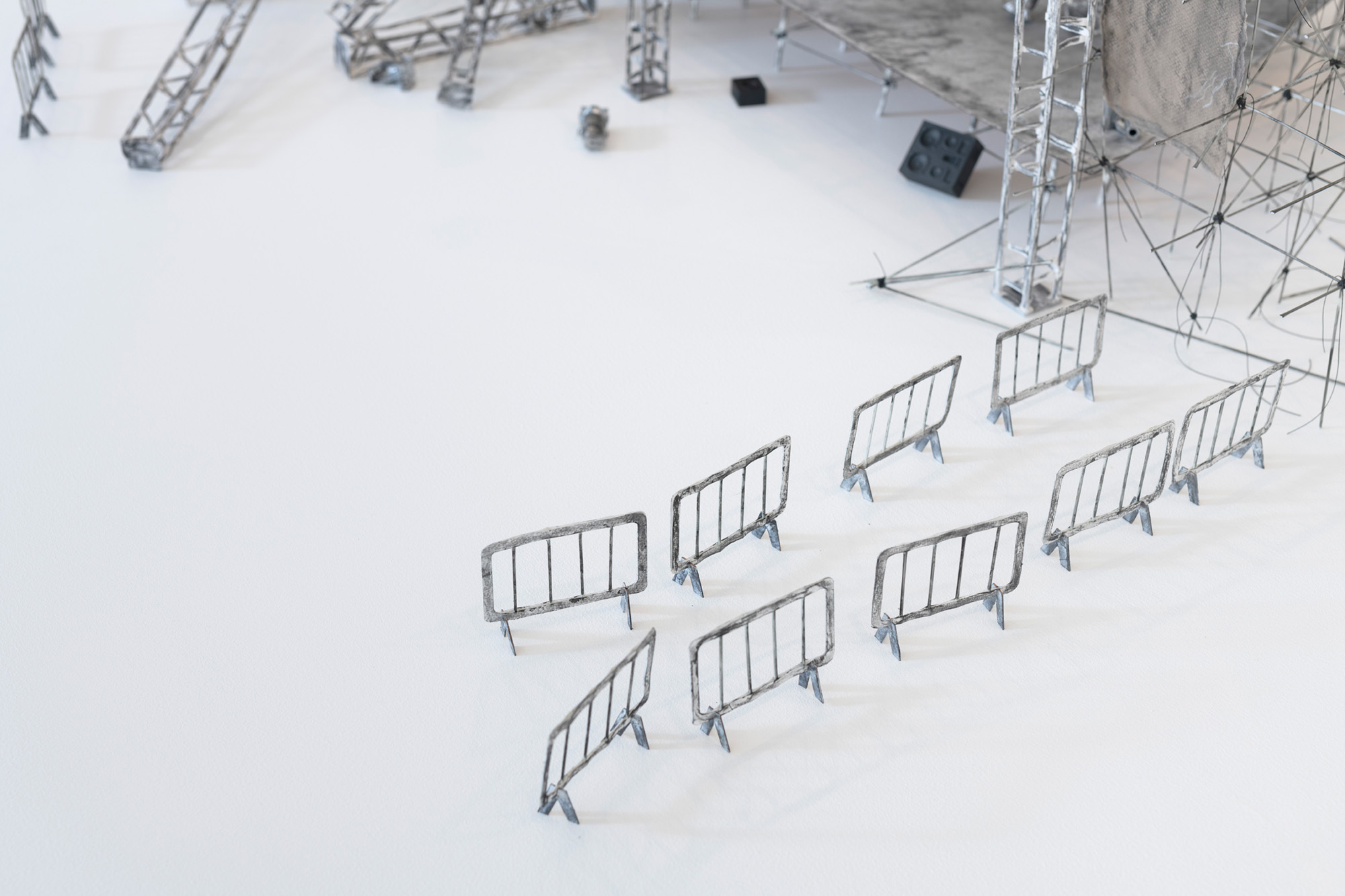Moving Head, 2024 (detail) | Photo: Pedro Agilson
Invisible Hand | Millan, São Paulo, 2024 | Photo: Julia Thompson
Invisible Hand | Millan, São Paulo, 2024 | Photo: Julia Thompson
Invisible Hand | Millan, São Paulo, 2024 | Photo: Julia Thompson
Invisible Hand | Millan, São Paulo, 2024 | Photo: Julia Thompson
Invisible Hand | Millan, São Paulo, 2024 | Photo: Julia Thompson
Invisible Hand | Millan, São Paulo, 2024 | Photo: Julia Thompson
Artist Vivian Caccuri (1986, São Paulo, Brazil) opens her show Mão invisível [Invisible Hand] on Saturday, April 6, at Millan. The exhibition, which has a critical text by curator Bernardo José de Souza, is Caccuri’s first dedicated to showing her drawings, and investigates the limits between ecstasy and destruction.
At Millan, Caccuri is showing a set of 12 drawings in charcoal and chalk, as well as a sculpture created with paper as its primary material. The new works are inspired by music festivals and the cathartic state achieved through dance —and are a further development of a lengthy investigation into sound and its ability to alter people’s mental state and social behavior.
Known for large-scale works that use sound systems, mosquito nets or musical instruments as support, the artist explains that drawing has always been present in her practice. Yet it was often employed as a design for installations or as a guideline for embroideries, only now being presented as stand-alone works.
These drawings present scenes evoking an ambiguous atmosphere, falling between ecstasy and destruction: in some, people dancing are sucked into maelstroms while, in others, the light show of festival stages can be mistaken for thunderstorms. The duality of this trance-like state observed by Caccuri is also present in the sculpture Testemunho (palco) [Testimony (stage)], 2024, conceived after finding videos on the internet that showed stages collapsing while the audience kept on partying. Caccuri sees in these events, such as those that marked the 1999 Woodstock festival, the potential to create rehearsals for a dystopian world.
As Bernardo José de Souza, author of the text that presents the exhibition, explains: “The artist thus faces us with the epilogue of a dream whose idyllic beginning entailed a state of trance, a quest for transcendence, and an oblique sense of redemption. But what are the traps within contemporary tropes of happiness? This seems to be the elucubration lingering above this exhibition. The whole apparatus behind the entertainment industry entangled with the conundrums of human existence, whose myriad of fetishist inner machinations succumbs under material culture.”
Thus, as its title —Invisible Hand— implies, the exhibition evokes reflections not only on the forces that impel bodies to move when they are seized by a musical beat, but also on the pre-determinations of taste in the face of the music and entertainment industries. Finally, we are also invited, more than ever, to see the artist’s gesture and hand in the composition of the works.
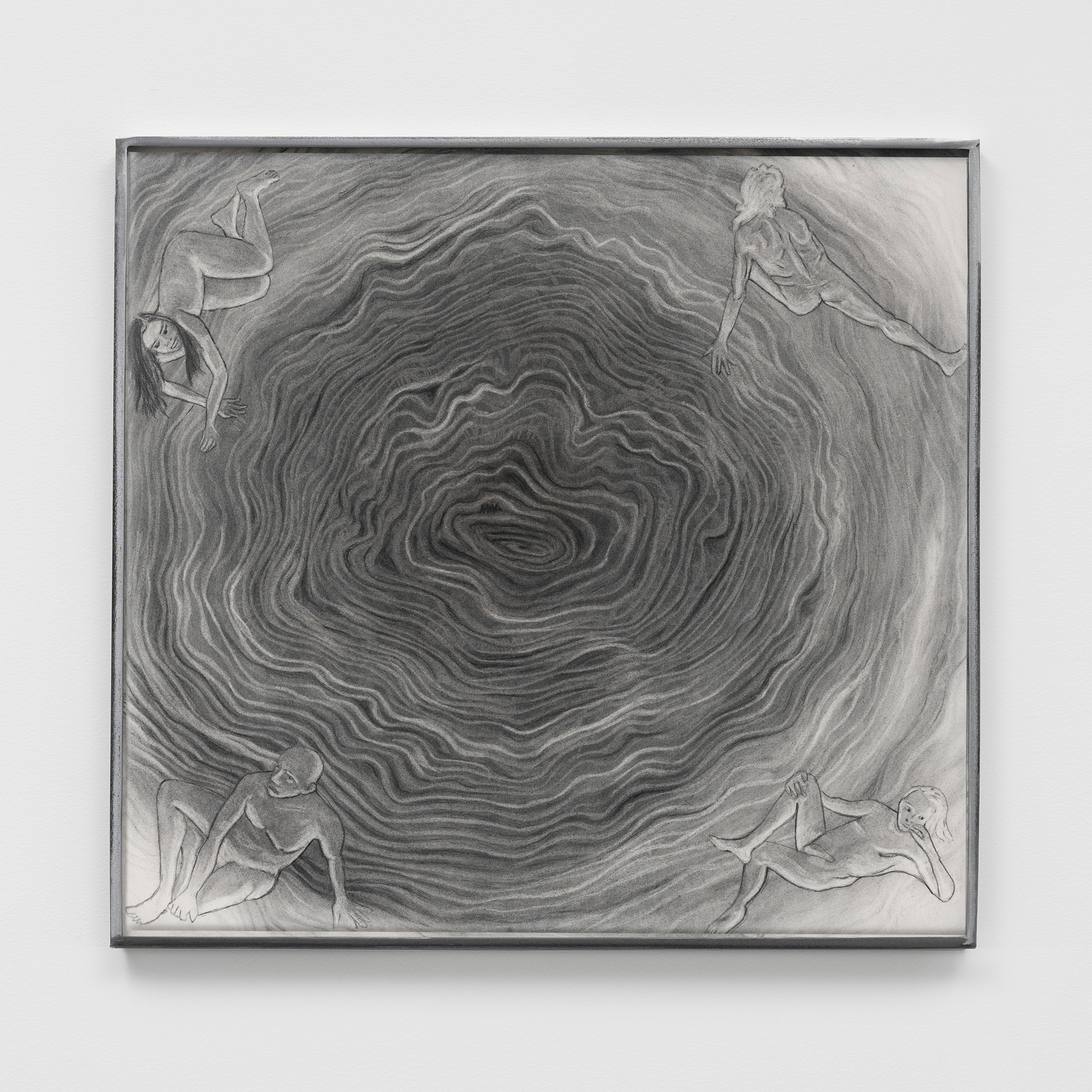
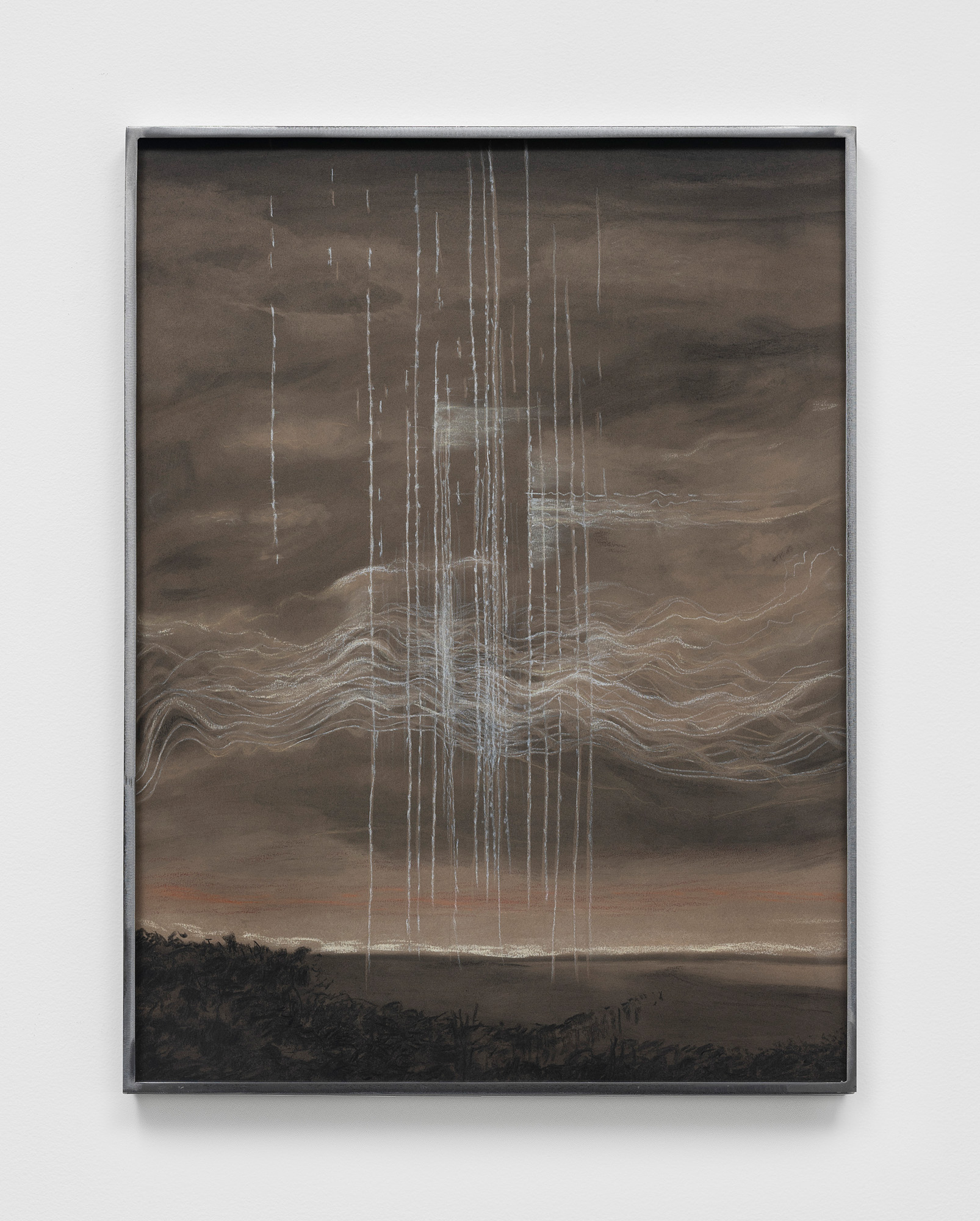
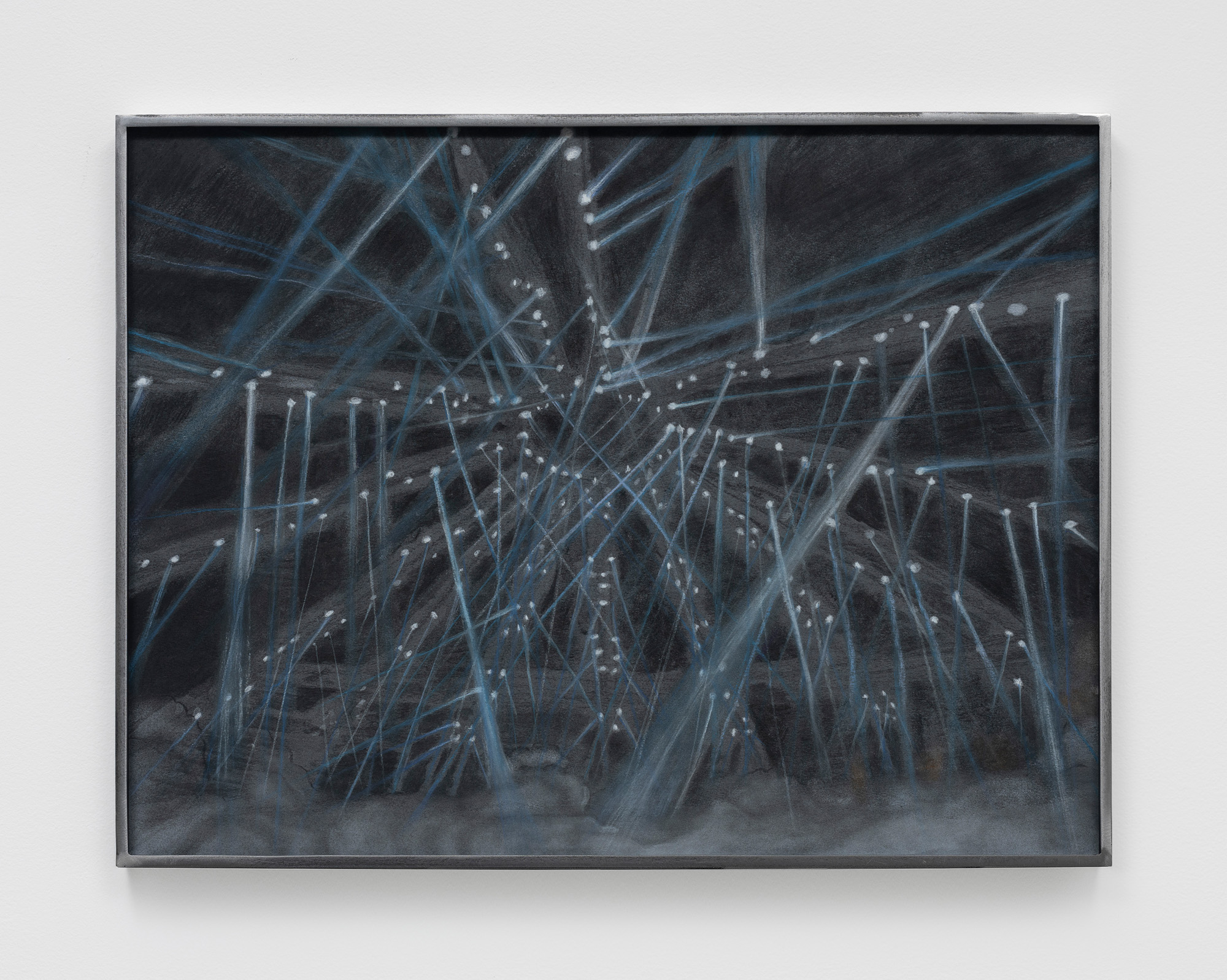

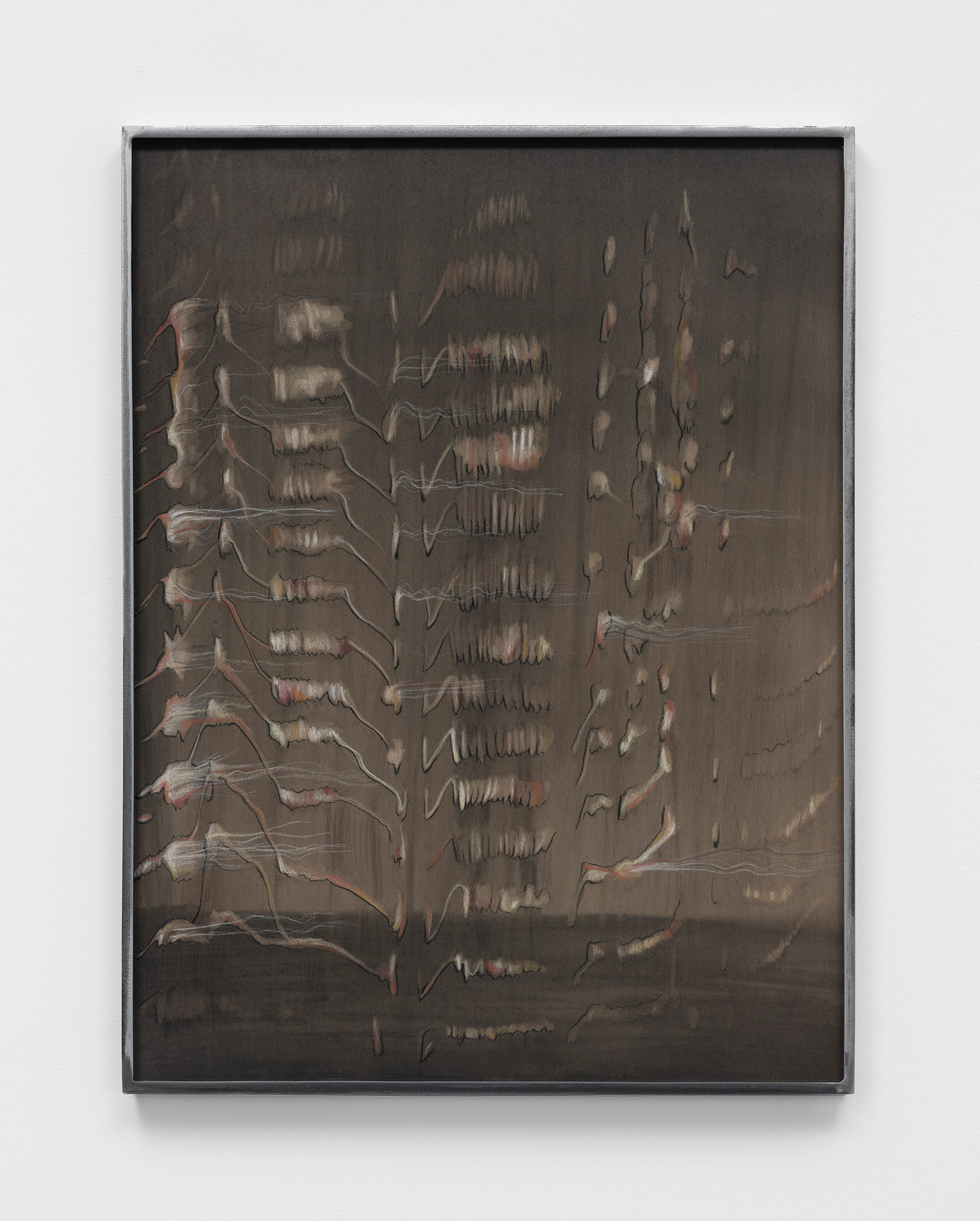
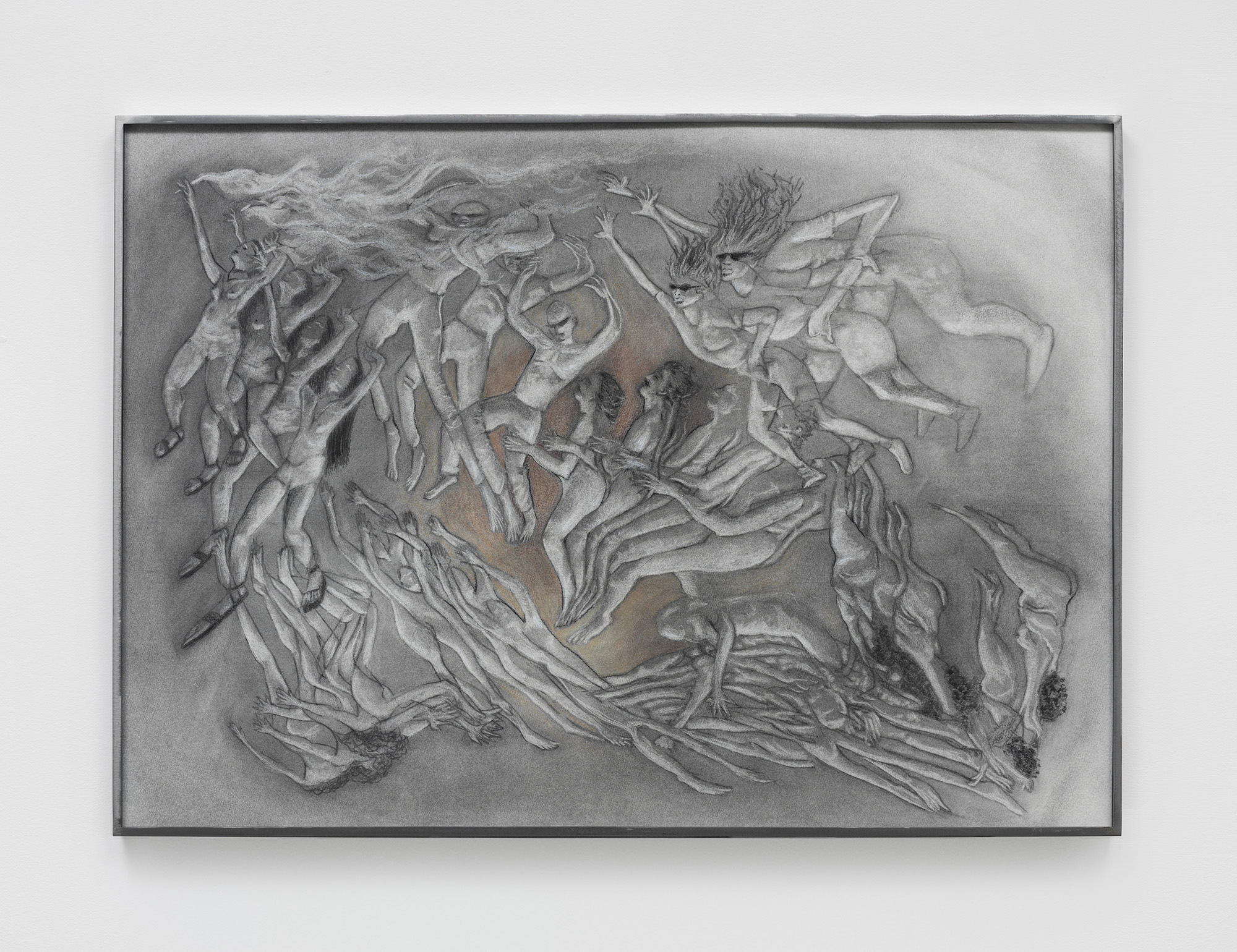
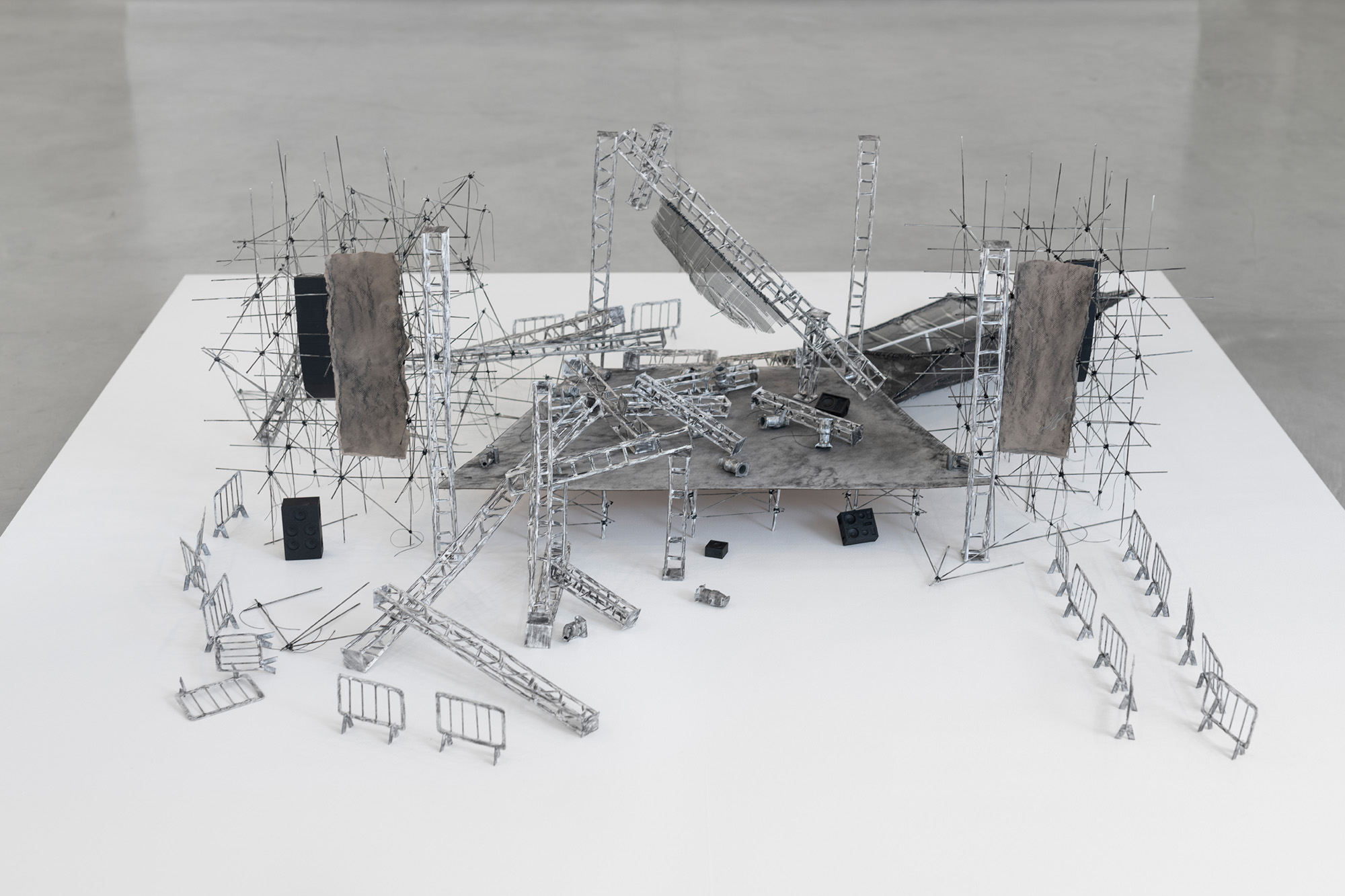
São Paulo, Brazil
São Paulo, Brazil
Gwangju, South Korea
Rio de Janeiro, Brazil
Riberão Preto, Brazil
São Paulo, Brazil
Porto Alegre, Brazil
Arévalo, Spain
Porto Alegre, Brazil
São Paulo, Brazil
